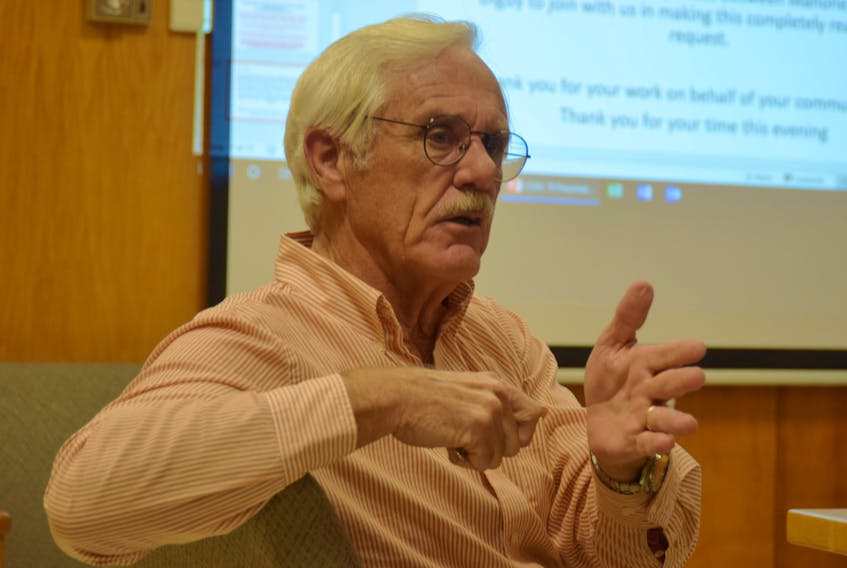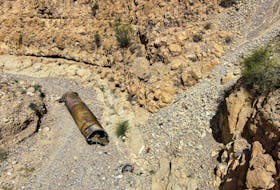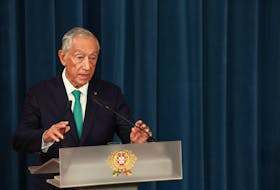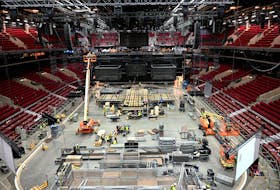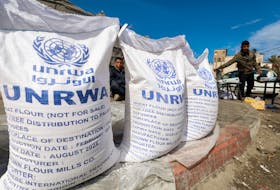BARRINGTON MUNICIPALITY -
The Municipality of Barrington has added its voice to the call for a moratorium on further offshore exploration pending a full federal/provincial public inquiry into the true risks of offshore petroleum development in waters off Nova Scotia.
The call for the public inquiry was initiated last summer by the Offshore Alliance, a coalition of fisher, social justice and environmental organizations, as well as communities and individuals who have concerns with offshore drilling in Nova Scotia, including the integrity of the regulatory regime that oversees it.
Members of the Alliance, such as the Clean Action Ocean Committee (COAC), have been lobbying municipal units along the south shore and throughout southwestern Nova Scotia for support and getting it. The Town and Municipality of Shelburne, the Municipality and Town of Lunenburg, the Town of Mahone Bay and the Municipality of Clare have also supported the call. The ask is pending to other municipal units in the region.
“This is a reasonable request,” said COAC executive director John Davis in presentation to municipal councillors in Barrington. “We just what to know what the risks are and we want to make the assessment if those risks are reasonable.”
Cape Sable Island seafood producer Nathan Blades told councillors what raised the concerns of the fishing industry was the Canada Nova Scotia Offshore Petroleum Board (CNSOPB) 2015 call for bids which included two parcels “on some of the biggest fishing industry grounds that we have next to Georges Bank.”
Those two parcels, now identified as Exploration Licences 2435 and 2436, are leased to Equinor Canada Ltd, who have an application to conduct seismic activity pending the completion, submission and approval of an Environmental Assessment by the CNSOPB.
Blades said at the time he felt and still feels the two industries should be able to co-exist. “Where we are the incumbent industry, we think the oil industry needs to be able to prove to us they can operate safely and they need to respect our territory,” he said.
In an attempt to have industry’s concerns heard, Blades said he was part of a fisheries advisory council group that met three or four times a year with the CNSOPB. “I went to a couple of meetings with a list of things that the (seafood) industry needs in order for the oil and gas industry to prove they can operate safely,” he said. “The list was we don’t want oil and gas activities happening near the most sensitive areas of the ocean. We don’t want dispersants used in the offshore. We want a capping stack located on the east coast, preferably in Nova Scotia” that would have a 24-hour response time in the event of a well blow out, and “some kind of insurance fund that the oil and gas industry would contribute to in the event an emergency happens in the offshore and wipes out the seafood industry. To all those things they said no.”
Blades said he came home and thought about it. “That’s really the only contact the CNSOPB has with the seafood industry. Four or five guys from the industry” attend the meetings “where there are no binding decisions made. They don’t have to do anything and that’s basically what they have done. You go to this meeting ask a few questions, make a few demands and the CNSOPB chair says we don’t think that reasonable, we’re not going to do that, we don’t think that’s necessary we’re not going to do that. That told me if they’re trying to pass this off as an industry consultation piece which is what they’re trying to pass it off as, it’s a horrible failure. At that point I stopped going to the meetings because I could not in good conscience have my name attached to that group to make it look like I am on that committee and in approval of what CNSOPB does. I don’t want them to use words that I say as some kind of indication of industry consultation.”
According to provincial statistics, there are 25,000 people employed in the fishing industry on land and at sea, which carries a $2 billion value just in exports. That’s not including spin-off industries such as trucking, boat building, lobster trap building and fishing gear manufacturing.
“Every single coastal community in the province especially ours is dependant on the seafood industry for its economic survival,” said Blades. “You know it and I know it.”
Davis said early in the new year, organizers plan to get a package together and formally present the request for the public inquiry to the powers that be, adding they are hoping some municipal people will join in that process.


